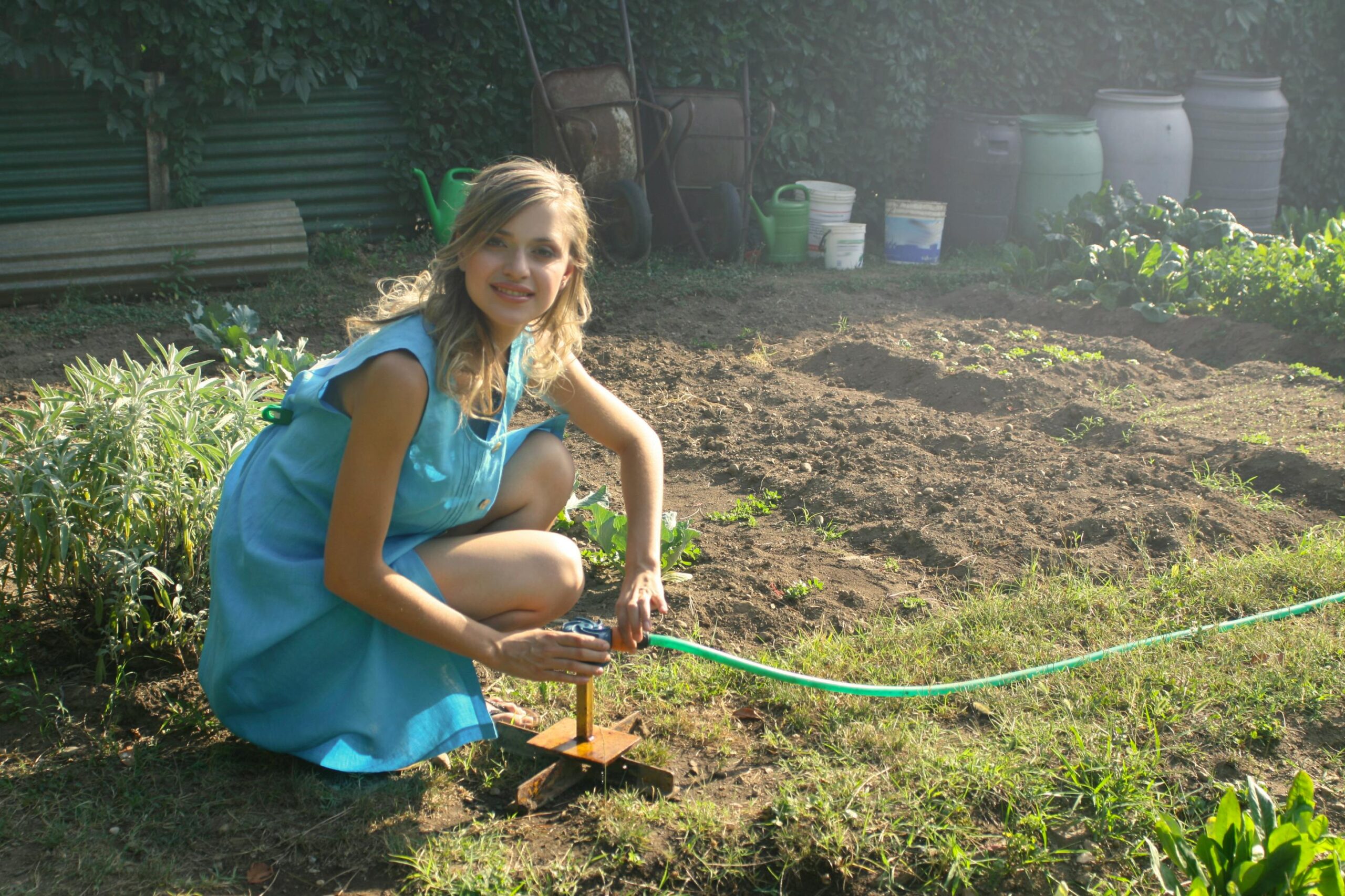How To Make A Yard Garden for Beginners?
Everyone should connect with greenery, whether it’s through a courtyard garden, a roof garden, or gardening in general. Both physical and mental conditions improve with the presence of greenery. For new gardeners, getting started can be a little challenging. Following my points below will make the job easier and help create the beautiful garden you desire.
Soil Selection:
When choosing a garden, it’s essential to check the condition of its soil. The type of soil will determine how well garden plants grow. Not all soils support healthy plant growth or produce good crops. Therefore, loamy soil is required for a good yield or plant emergence. Soil selection should be done wisely; in this case, sandy loam soil can be selected. The soil may contain dung, organic manure, or vermicompost. The soil needs to be loosened before planting, so choose soil that can be easily loosened. In short, you must ensure soil fertility or the plants in your garden will not thrive.
Selection of Land and Its Conditions:
Choosing a garden involves knowing its location and conditions. Understand how the weather behaves there and measure all available space. The right size is ideal for the garden, so pay attention to size considerations.
Plan Your Garden Layout:
To create a garden, it needs to be divided thoughtfully. Consider pathways for movement so that the garden can be enjoyed by walking. Create different soil beds for vegetables, flowers, or fruits. Pay attention to sunlight exposure and shade requirements. If gardening in the yard, consider adding a small canopy. Determine the garden’s structure, whether it’s a roof garden or a courtyard garden, before proceeding.
Garden Fittings:
Depending on the gardener’s preferences and requirements, many things are needed for a garden. Decide what you want and don’t want in the garden. For example, stones may be needed for pathways, and plastic nets or cages may be needed to protect plants from birds. Arrange these items according to your garden design.
Choose Your Plants:
While many types of plants can be grown in roof gardens or courtyards, not all plants thrive in all environments. Understand which plants can adapt to your location. List which trees to plant where and when to plant them, whether they are flowers, fruits, or vegetables. Consider including medicinal plants in your garden if desired. Plant a variety of trees in small quantities to cater to different preferences. For beginners, starting with fruit trees can be rewarding and maintain interest.
Plant Placement:
After choosing your plants, decide where to plant them. Plan and replan their placement carefully, as moving trees once planted can be challenging. Consider aesthetics and practicality when determining where to plant flowers and fruit trees.
Water Drainage:
Good drainage management is essential for all gardens. Poor drainage can lead to various problems, including root rot and mosquito breeding. Ensure water drains properly to prevent water accumulation under trees.
Weed Control:
Keep your yard free of weeds at all times. Weeds compete with other plants for nutrients and can detract from the garden’s beauty. Regular weeding, ideally once a week, helps maintain a beautiful garden.
Monitor for Diseases:
Like all living things, gardens are susceptible to diseases. Common garden diseases include blossom wilt, fungal infections, blight, and rust. Learn how to identify and treat these diseases promptly to prevent them from spreading throughout the garden. i wrote an another article about type of plant diseases. click here
Harvest and Enjoy:
The fruits of your labor are evident in a well-maintained garden. Enjoy the flowers and fruits of your trees. There’s nothing more satisfying than harvesting and enjoying the fruits of your garden.
Continued Maintenance:
Gardens require ongoing maintenance. Leaves will fall off, and new leaves will appear each year. Stay consistent with maintenance tasks, including disease control, to ensure your garden stays healthy and vibrant.
In Conclusion:
Gardens come in many types, including roof gardens, courtyard gardens, greenhouses, and indoor gardens. Regardless of the type, maintenance is crucial. Understand the flowering and fruiting times of plants, and as you gain experience, gardening will become easier and more enjoyable.







Leave a Reply